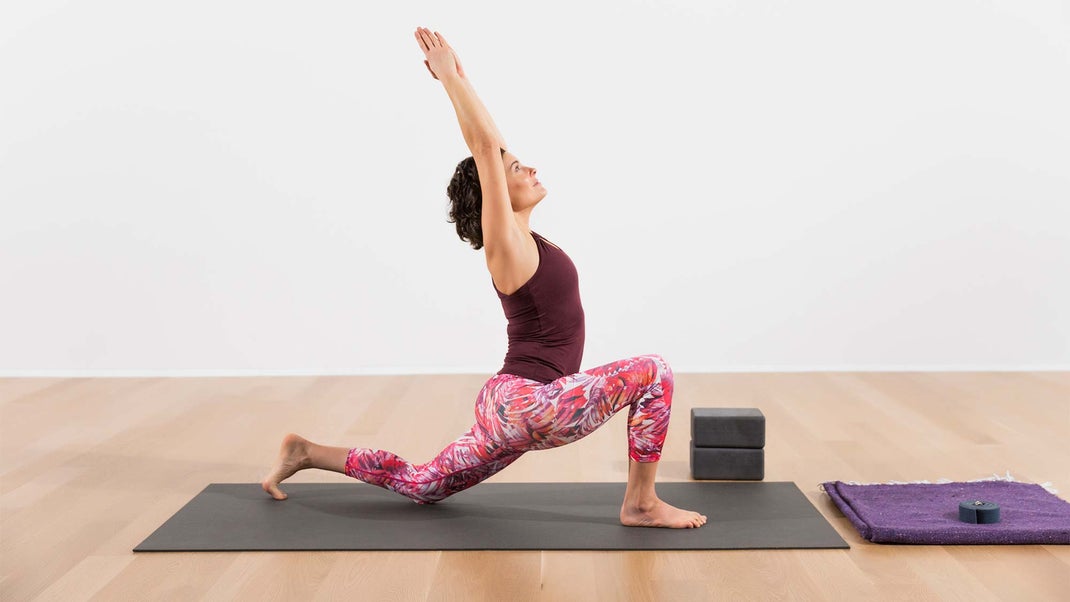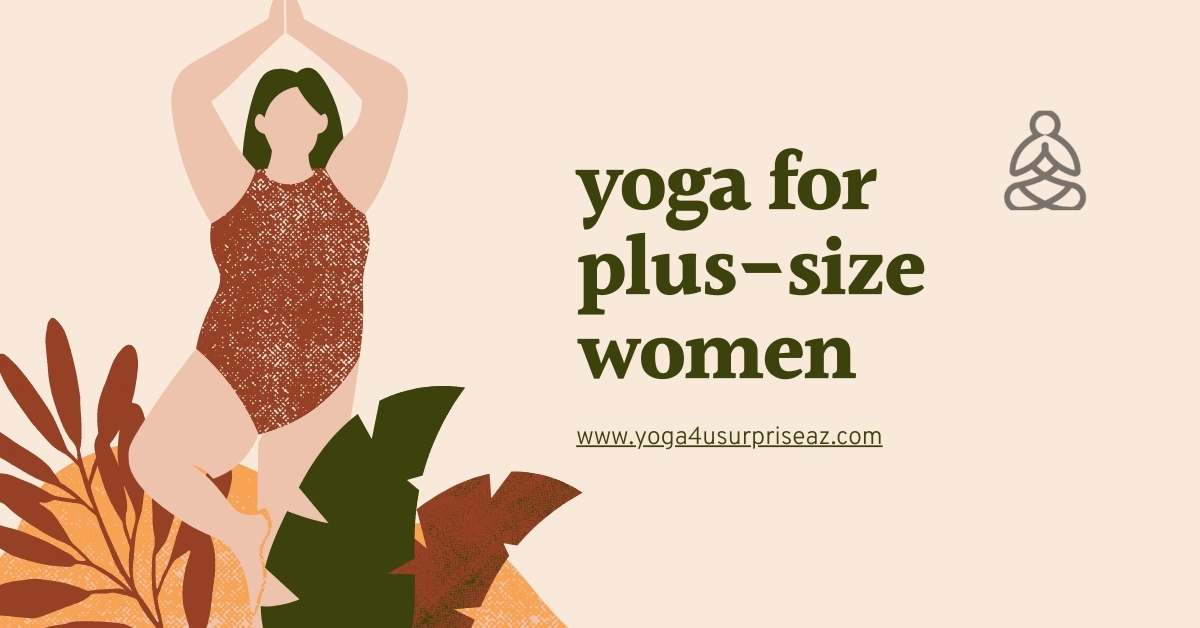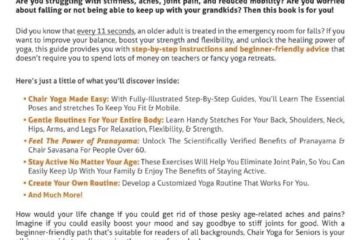In Yoga, there is a saying: “Practice Yoga. Yoga will Practice You.” Yoga is a practice of self-discovery and transformation. But in order to fully commit to the process, it’s important that you set yourself up for success from the beginning. In this blog post we’ll discuss 6 common mistakes that home yoga practitioners make and how they can be easily fixed!
Online classes make practicing yoga more convenient, accessible, and affordable. You can practice wherever you’d like, whenever you’d like, and choose the length, type, and level of the class. The best part, other than not having to change out of your pajamas? Most streaming yoga services such as YogaGlo, OMStars, and more cost $20 or less per month.
The downside is that unless there’s a two-way camera involved (Ompractice offers this service), there’s no live teacher to offer suggestions and corrections. So we asked popular online teachers what mistakes home practitioners are making the most—and how to correct them.
6 ‘Mistakes’ Home Yoga Practitioners Make (and How to Fix Them)
Amy Ippoliti, YogaGlo
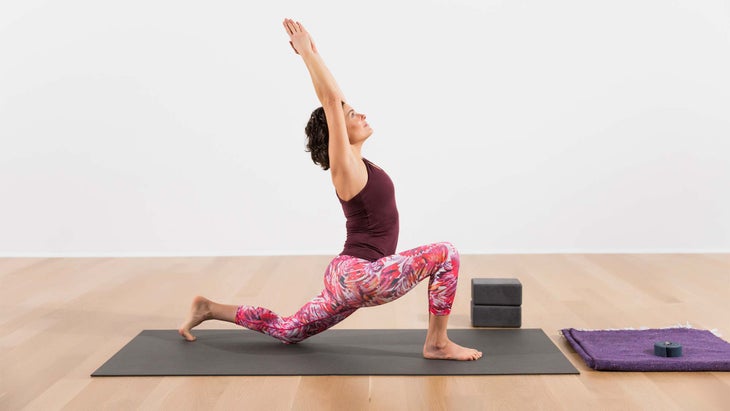
Bad at-home habit: You find yourself in Downward-Facing Dog pose a lot in online yoga classes, so you’ll want to have impeccable form in order to help preserve your shoulders and lower back over time. Down Dog is often described as an upside-down V with the heels touching the floor. This description is helpful to quickly get into a basic form of the pose; however, it can result in a very short stance that’s too choked up to get any freedom or extension in the spine.
The fix: Consider walking your feet back and taking a longer stance, so you get more mobility in your lower back and can open your chest freely in the pose. Don’t worry if your heels no longer touch the floor. You have a predetermined length to your Achilles tendon, which can be overstretched permanently from continually pushing your heels down.
Annie Carpenter, YogaGlo
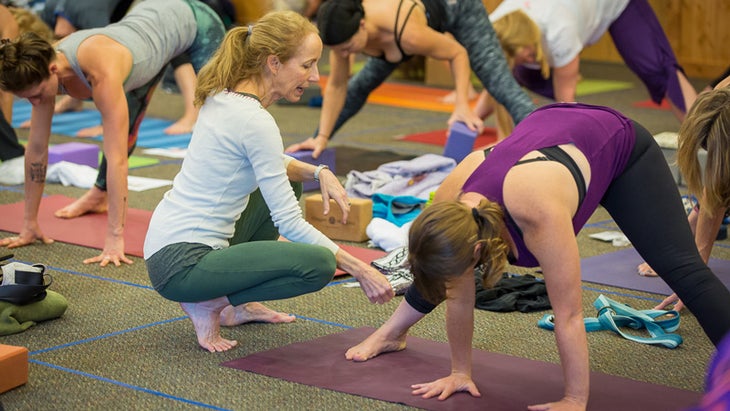
Bad at-home habit: Some people avoid poses they don’t like. We all do it—either skip or hold a pose for less time because it’s hard for us, or we think we’re not good at it. We’d rather do a Handstand (or substitute your favorite pose). So students cut poses short or they continue practicing with less than optimal alignment.
The fix: Go to a live class at least occasionally. Go to a training or workshop where you’ll get a more in-depth understanding of the practice and your practice. Make some yoga buddies share experiences. Practice together at home, with or without an online guide.
Dave Robson, stars
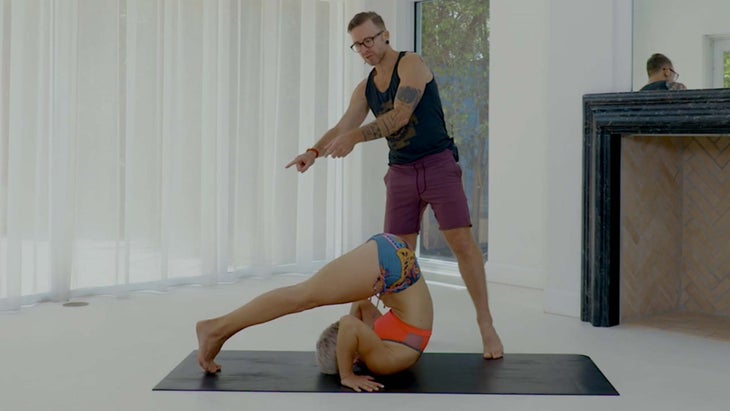
Bad at-home habit: For yoga asana students with a home practice, I’d say the biggest issue is they (in most cases) don’t have someone checking on their alignment. You can learn the shapes and actions of a posture through an online class, but if no one is there to see your version of the posture, you might be messing it up. Bad alignment isn’t always necessarily a big deal in any given day of practice, but over time it can lead to strain and injury.
The fix: One way to check your alignment is to take a video of yourself doing the pose/practice. Be prepared: It can be a traumatic thing to watch yourself practice. What feels so amazing sometimes looks … less than amazing. Painful as it is, that observation can be the first step in developing better alignment. When you watch yourself, what looks off? Is the leg bent when it should be straight? Is the background where it should be flatter? It will take a while to fix those issues, but at least once you’ve seen what you need to do, you’ll be working in the right direction.
Chris Lucas, Ompractice
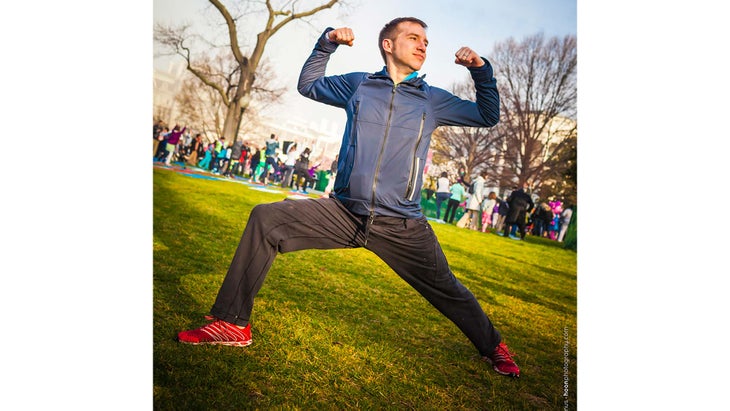
Hoon Photography
Bad at-home habit: Without a doubt, the number one easiest bad habit to pick up when practicing at home or on the road is to cut poses short and avoid others. While lots of people have specific poses they resist or avoid, this early ending of poses happens most commonly in Savasana! I’ve seen this happen with students when I’m teaching or practicing at a studio, too. A practitioner will try to leave class early or do extra twisting or anything else to avoid lying still for five to eight minutes. At home, it’s really easy to cut a pose short, especially Savasana, and nobody is there to call you out on the self-sabotage.
The fix: The best way to prevent yourself from cutting poses short is to make a simple agreement with yourself: Right when you want to leave the pose, hold it for one more long inhale and one long exhales. That’s it. As for Savasana, a timer on your phone is great. Don’t put it too close to your head, or the sound/vibration will be startling. Both of these approaches allow you to know there is an end and still free you up to get more out of your practice.
Kino MacGregor, OMStars
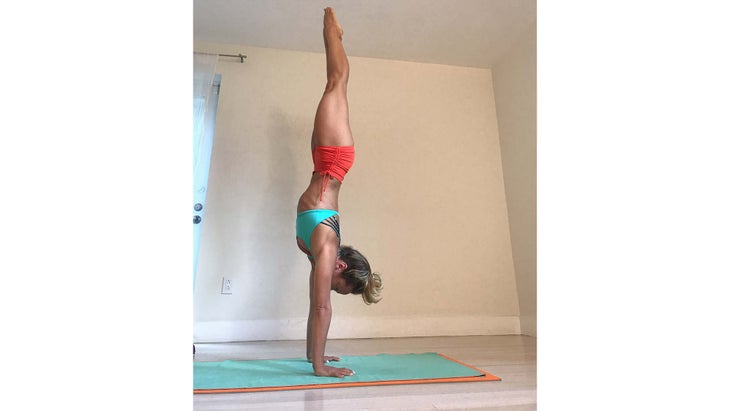
Bad at-home habit: Distraction is one of the biggest issues when practicing at home. For example, if your phone is nearby, and you see or hear text messages coming through, it’s so tempting to pick up the phone and check it. It can be hard not to let your mind start ruminating on all of these discussions. It’s also hard to get started. I find there are a thousand things to do at home like cleaning, laundry, organizing the closet, answering emails, doing the dishes, and just generally anything other than practice yoga.
The fix: When you’re streaming videos to support your home practice, put your device on Do Not Disturb mode, and sign out of or quit other programs that send you notifications. Also, just let go of the idea that your home will be perfect and that you will get everything done. Accept that even five minutes a day on your mat can make a qualitative difference in your life. Setting a yoga routine and including your loved ones in your routine is an important step in creating the space for home practice. If you practice first thing in the morning every day, your family will adjust. But if you’re practicing at random times throughout the day, then it’s hard both for your body and your loved ones to get used to the schedule and the program.
Elena Brower, YogaGlo
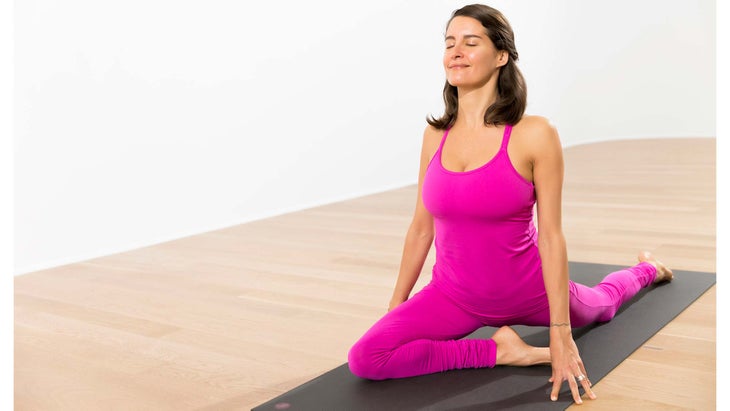
Bad at-home habit: Actually, when I encounter folks who’ve studied with me on YogaGlo, all I notice are their good habits! For the most part, my online students have stellar alignment and lots of patience with themselves, with clear currents of energy moving through their forms and a potent heart presence.
Conclusion:
Yoga is the perfect activity for trying out new poses at home. Yoga can be done by anyone, anywhere, and has many benefits!
